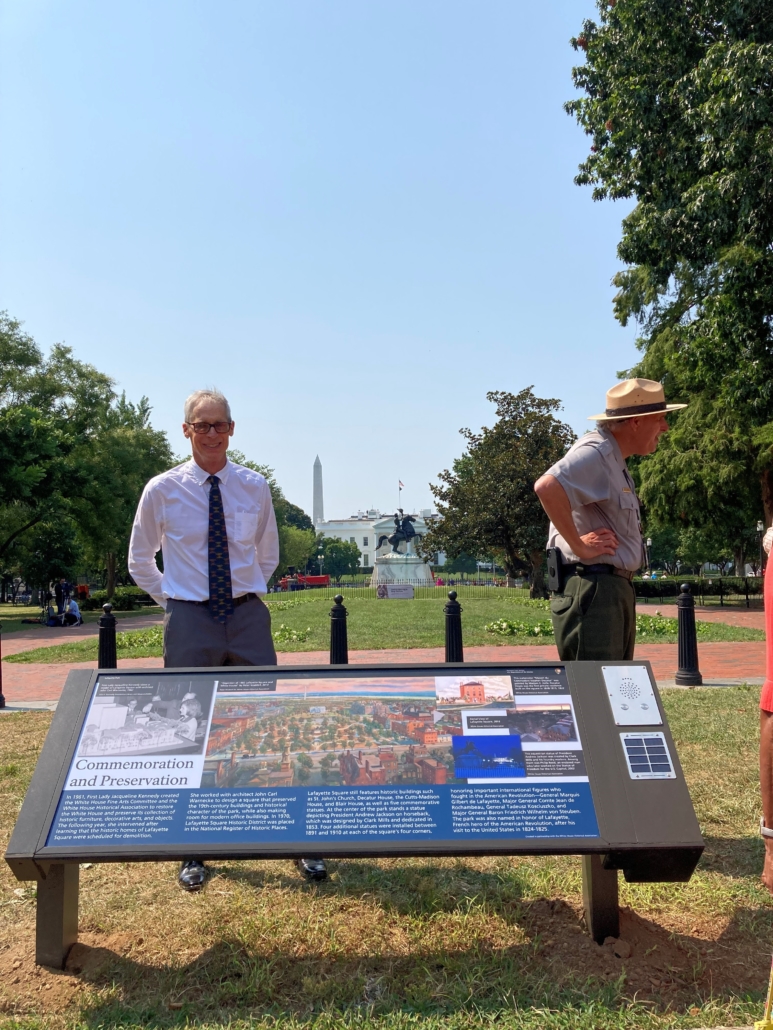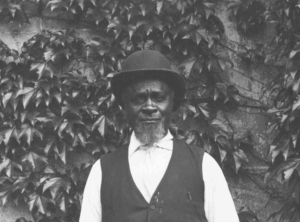Hudson Shares New Mission, Preservation Plans at Tudor Place
THE GEORGETOWNER _ BY

Three invitations were extended by The Georgetowner’s April 20 cultural power breakfast speaker, Mark Hudson, executive director of Tudor Place, the National Historic Landmark on five and a half acres at 1644 31st St. NW in Georgetown.
“Come and spend some time in our garden,” Hudson said, calling it an “opportunity for quiet reflection.” He then reminded attendees that the annual Spring Garden Party will take place on May 24.
Hudson’s third invitation at the breakfast, held at the Four Seasons Hotel, was to the 2023 Landmark Lecture Series, subtitled Centering Stories of Enslavement at Tudor Place. Four evening lectures remain in the free spring-and-fall series.
Next, on May 16, Walter Hawthorne of Michigan State University and Daryle Williams of the University of California, Riverside, will talk about Enslaved, an open-source, open-access platform that recovers and aggregates online the names and life stories of enslaved persons.
Read the full article here:






